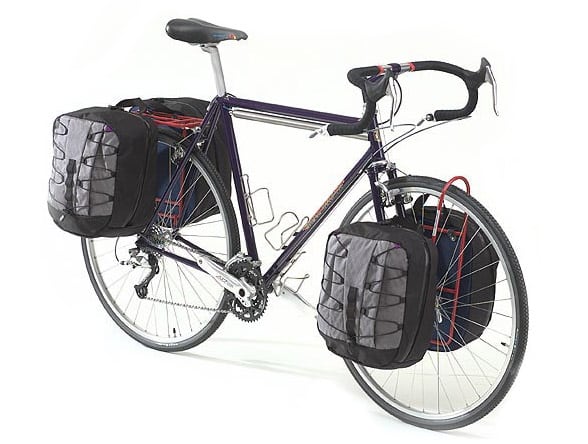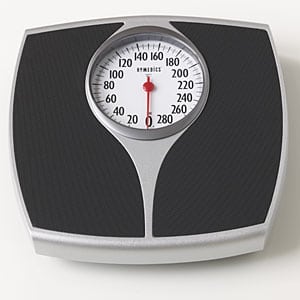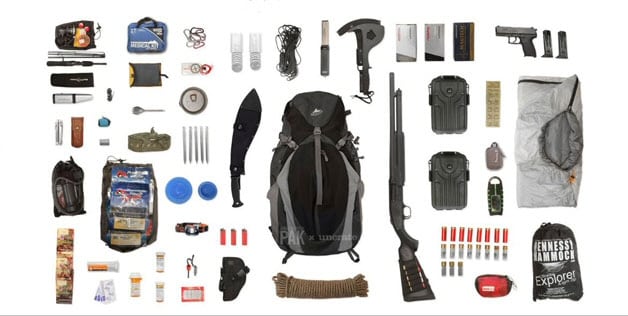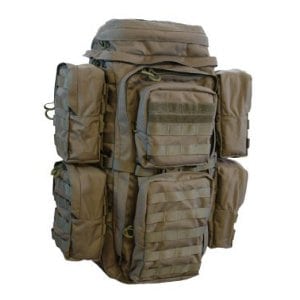Water, firearms, ammo, clothing, shelter, food, tools…OH MY! As you check off your list of bug out bag preparedness items, the needle on the scale goes higher and higher. Not to mention there are more than a few of us who could shed a couple pounds off our own body weight. What is the balance between gear and weight?
For reference, a US soldier that is currently on tour is carrying anywhere from 60-90 lbs of gear. You may think that they have trained hard enough that the weight becomes manageable. To a degree, increased physical fitness will allow an individual to carry more weight easily, however this is not without negative impacts to the soldier. Soldiers are often plagued with chronic joint and muscle pain. The bulk of the weight can also slow down their mobility and get them killed.
“A 2001 Army Science Board study recommended that no soldier carry more than 50 lbs for any length of time.”
So What’s the Plan?
First, you need to have a multi-tier bug out plan in order to spread out the weight. My article on Alternate transportation will give you some ideas.

For example:
- Tier 1 is your car which will hold the bulk of the weight.
- If you need to ditch your car, Tier 2 is taking a bicycle off your rack (preferably with a child carrier or other bicycle-trailer) and still being able to carry a good amount of weight.
- Tier 3 would be to ditch the bikes and pull the bicycle trailer, still maintaining most of the weight on wheels.
- Last but not least, Tier 4 is slugging the weight on your shoulders with your Bug Out Bag.
Second, buy an appropriate bug out bag with an external or internal frame that can help you carry the weight.
Third, target your bug out bag weight to be no more than 1/3 of your body weight, but ideally 1/4. This lines up very well with the 50 lb max recommendation from the Army Science board. This would mean an average 190lb man should be at 47.5 lbs, and an average 130lb woman should be at 32.5lbs.

Fourth, start to purchase your necessities. Everyone’s list will be different, but you should consider some of the main “buckets” of survival – shelter (including clothes), water (and water procurement, storage & filtration/treatment), food (and food procurement), fire, security (firearm and ammunition), communication, hygiene, and miscellanous tools (knife, saw, hatchet, etc.) ALWAYS keep a list of the contents inside your bag. This helps keep an inventory of what is inside your bag. During season changes, you may need to swap out gear for something else.

Finally, go on an overnight hike (ideally a minimum of 2 nights) and test your gear! You may find out one of two things:
- Your are at your max weight, but find yourself struggling. In that case, either you made some poor gear choices, or need to start developing hard honed skills to replace that heavy gear. Remember, Knowledge Weighs Nothing!
- You were comfortably prepared, and ended up not using some of your gear. Write down in a log what you didn’t use, and test it all out again on your next trip. If you are consistently finding yourself not using a piece of gear, take it out of your bag for good. Replace it with something more useful or just save the weight entirely.
Remember, if you are always going on fair weather hikes, you are not testing out your gear. Hike when it’s hot, hike when it’s cold, hike when it’s raining, and hike when it snowing…You really need to test your gear.




